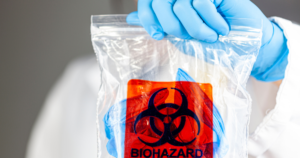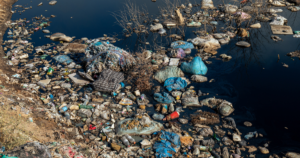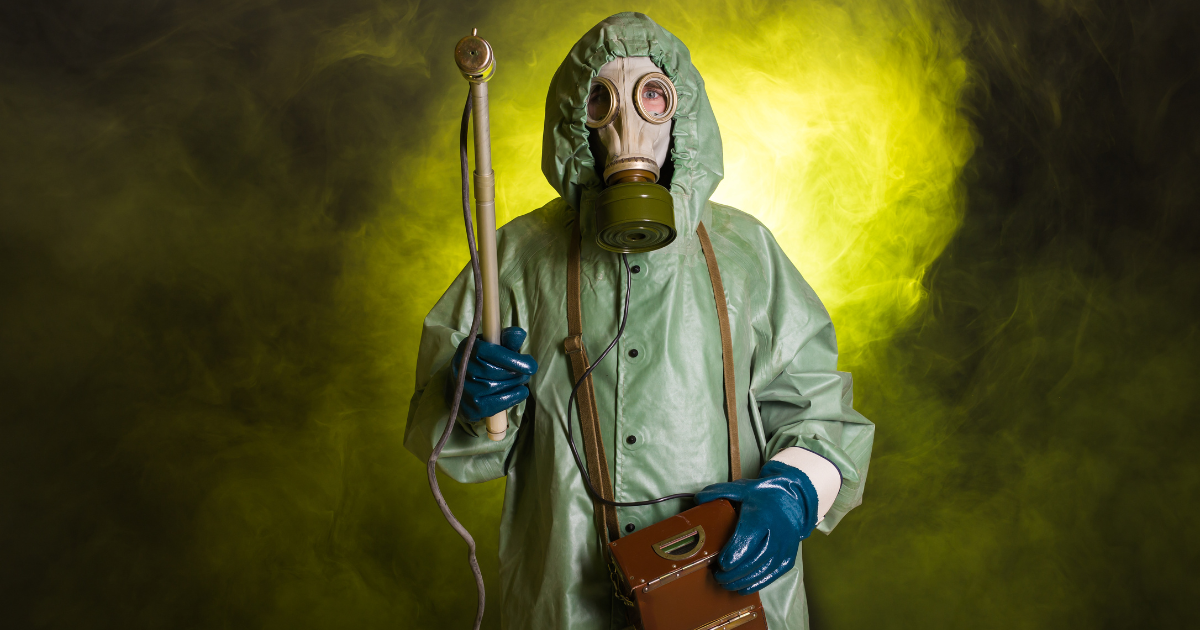A world that is becoming more interconnected by the day faces grave threats to human health and the delicate balance of ecosystems due to the complex web of biological and environmental risks. Our ability to identify these risks and implement practical control measures will determine the health of present and future generations. These risks include everything from tiny infections that pose a threat to our health to the pervasive consequences of environmental contamination. In this article, we’ll examine biological hazards and some countermeasures.
Biological Hazards:

- Pathogen: The complex web of biological and environmental risks in an increasingly interconnected world poses serious threats to human health and the delicate balance of ecosystems. The health of current and future generations will depend on our capacity to recognize these risks and put into place workable preventative measures. These risks range from microscopic infections that can be harmful to our health to the widespread effects of environmental pollution. This article will look at some preventative measures as well as biological hazards.
- Allergens: Allergen exposure triggers allergic reactions in sensitive individuals. Plant pollen, mold spores in moist environments, and certain foods, such as peanuts, can all cause allergies. A crucial part of control measures is avoiding allergens, which may involve using air filtration systems to reduce airborne allergens and properly labeling foods to increase consumer awareness of allergens. Mold spores, pollen, and specific foods are a few examples. Control measures include avoiding allergens, installing air filtration systems, and using good food handling techniques.
- Toxins: Toxins are dangerous substances made by living organisms. Both plant toxins and snake venom can be very dangerous to one’s health. Control measures include correctly identifying and avoiding toxic organisms, as well as developing antivenoms and antidotes for quick treatment in the event of exposure. Poisonous plants and snake venom are two examples. Control strategies include being aware of and avoiding dangerous substances as well as using caution when handling toxic materials.
- Vector-Borne Diseases: Ticks and mosquitoes are examples of vectors that carry diseases that infect humans. Controlling vector-borne diseases requires putting vector control measures into practice, such as insect repellents, bed nets treated with insecticide, and habitat modification to reduce breeding sites. Malaria and Lyme disease are two examples.
- Zoonotic infections: Humans may become infected with zoonotic diseases after interacting with animals. Enhancing wildlife population surveillance, managing and observing human-animal interactions, and building the necessary healthcare infrastructure are all necessary for preventing and managing zoonotic infections.COVID-19 and Ebola are two examples.
Environmental Hazards:

- Air pollution is the result of harmful substances being released into the atmosphere. Particulate matter, carbon monoxide, and ozone can all be detrimental to respiratory health. Stricter laws aimed at lowering emissions from moving cars, promotion of greener energy sources, and establishment of emission controls in industry are examples of control measures. Particulate matter, ozone, and carbon monoxide are a few examples. Reducing industrial pollutants, promoting clean energy, and enforcing emission controls are examples of control measures.
- Water pollution: Pollutants put aquatic life and human health at risk when they enter bodies of water. Water pollution is the term for this. Frequent issues include chemical runoff from agricultural practices and sewage contamination. Examples of control measures include sewage contamination and chemical runoff. Control measures include public awareness campaigns, and stringent rules governing industrial discharges, and water treatment facilities. Examples of examples include the construction of water treatment plants, the application of strict laws governing industrial discharges, and the encouragement of appropriate waste disposal techniques.
- Contamination of Soil: Soil contamination reduces the quality of the soil, which affects plant growth and has the potential to enter the food chain. Heavy metals and pesticides are examples of industrial pollutants that contribute to soil pollution. Control measures include things like applying sustainable farming methods, properly disposing of hazardous waste, and using soil remediation techniques to restore contaminated areas. Pesticides and heavy metals are two examples. Sustainable farming methods, safe disposal of hazardous waste, and soil remediation techniques are examples of control measures.
- Noise Pollution: Excessive noise pollution can lead to two health issues: stress and hearing loss. Examples of control measures include the installation of noise barriers, regulating city noise levels, and increasing public awareness of the detrimental effects of noise pollution. Traffic noise and industrial machinery are two examples.
- Climate Change’s Effects: Rationale Climate change affects ecosystems and human societies, posing serious risks. Mitigation includes lowering greenhouse gas emissions, moving to renewable energy sources, and implementing adaptation strategies. Rising temperatures and sea levels are two examples.
- Pollution from Plastics: The environment suffers from inappropriate plastic disposal. Control measures include recycling initiatives, legislation banning single-use plastics, and public awareness campaigns about the damage plastic pollution does to marine life and ecosystems. Two instances are microplastics and single-use plastics.
Integrated control measures
- Education and Awareness: Raising public awareness of biological and environmental hazards is essential. Education campaigns have the power to inform people about preventative measures and foster a sense of civic duty. Individuals who make informed decisions are less likely to encounter dangers.
- Regulations and Directives: Governments play a crucial role in risk reduction because of their laws and regulations. Strict industry-specific environmental regulations, best practices for waste management, and penalties for non-compliance all contribute to a cleaner and safer environment. Ethical behavior is promoted and bad behavior is discouraged by good policies.
- Innovation and Technology: New tools for hazard identification and management are made possible by technological advancements. Monitoring systems, innovative pollution control strategies, and early warning systems all contribute to a more sustainable future. Investing in research and development ensures that our methods for assessing hazards are still accurate and productive.
- International Cooperation: Many national boundaries are crossed by environmental issues. International cooperation is necessary to address global issues like pollution and climate change. Global collaboration facilitates the exchange of resources, concepts, and knowledge, thereby contributing to environmental conservation on a collective level.
- Community Involvement: Helping communities reduce risks fosters a sense of shared responsibility. Neighborhood clean-up days, educational programs, and democratic decision-making processes for specific environmental issues are a few examples of community engagement initiatives.
- Green Infrastructure: By including green spaces and eco-friendly design features, urban planning can reduce environmental risks. Green roofs, permeable pavements, and urban forests all contribute to increased resilience overall, a reduction in heat island effects, and better air and water quality.
- Practicing the circular economy: Among the most important aspects of the transition to a circular economy are cutting waste and improving resource efficiency. Reduction of waste, recycling initiatives, and sustainable product design can all contribute to a more resilient and sustainable environment.
- Conservation of Biodiversity: Maintaining biodiversity is essential to the health of ecosystems. Conservation initiatives, sustainable land use, and protected areas all contribute to the maintenance of ecological balance, the preservation of biodiversity, and the halting of the extinction of significant species.
Conclusion
In summary, dealing with biological and environmental risks necessitates a comprehensive approach. This necessitates combining technological advancement, governmental action, and individual accountability. By understanding the risks and implementing effective control measures, we can make the world safer and healthier for both the current and future generations.
References
- Review of effect of environmental hazard on human: https://www.ncbi.nlm.nih.gov/pmc/articles/PMC10234584/
- Epidemiology of environmental hazard: https://pubmed.ncbi.nlm.nih.gov/8047652/


